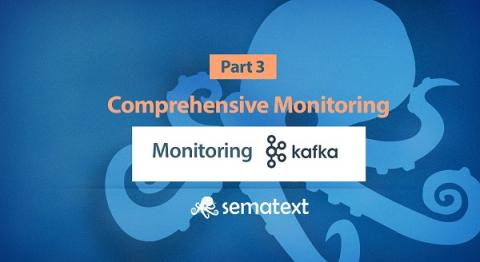Kafka Open Source Monitoring Tools
Open source software adoption continues to grow within enterprises (even for legacy applications), beyond just startups and born-in-the-cloud software. In this second part of our Kafka monitoring series (see the first part discussing Kafka metrics to monitor), we’ll take a look at some open source tools available to monitor Kafka clusters. We’ll explore what it takes to install, configure, and actually use each tool in a meaningful way.











